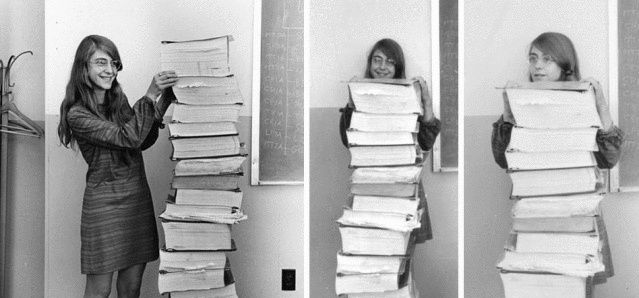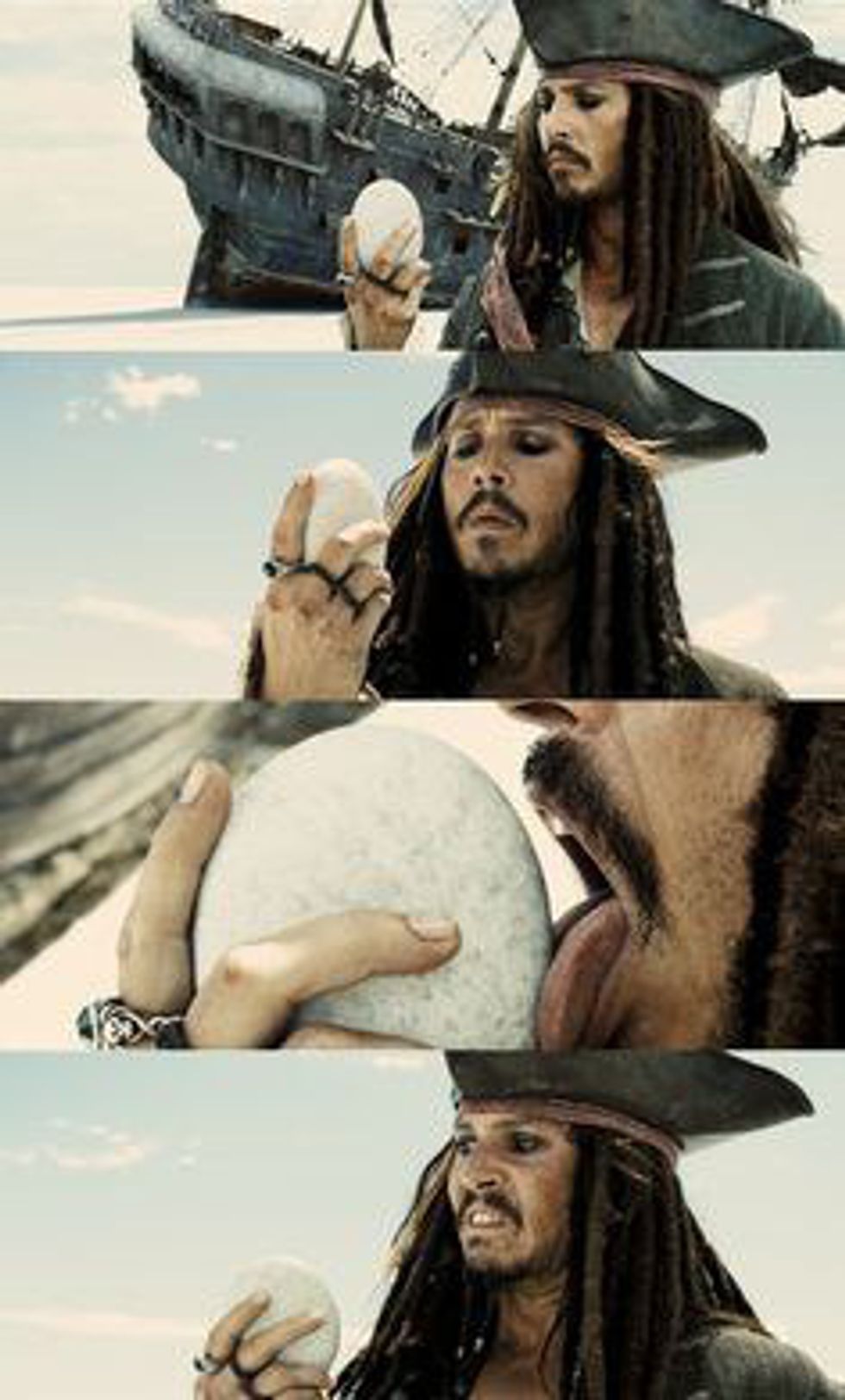So many women paved the way in many STEM fields and we don't talk about it enough! This is a very minuscule list compared to the actual number of women who broke down walls in STEM fields.
1. Hedy Lamarr
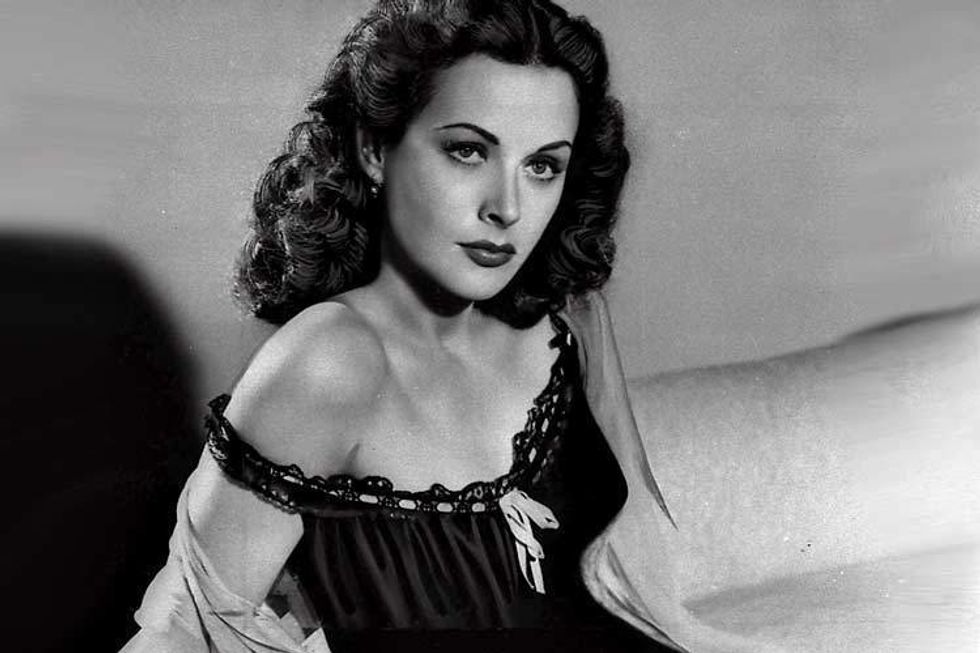
Look at her, doesn't she look like a gorgeous actress? That's because she was!
During the World War II era, Hedy Lamarr pioneered communication technology that would in later years form the basis of modern WiFi, GPS, and Bluetooth. From a young age, she developed an interest in taking objects apart to learn the mechanics behind them and she was brilliant in doing so. However, her brilliancy was overshadowed by her beauty especially in media when she became an actress.
Her fame eventually led her to meet George Antheil at a dinner party who shared her innovative scientific spirit, They came up with a communication system involving frequency hopping among radio waves in order to avoid interception during the war. Although the Navy decided against the implementation of this invention, this was a critical pathway for modern technology. It wasn't until years later, toward the end of her life, that she finally began to receive recognition for her invention.
2. Margaret Hamilton
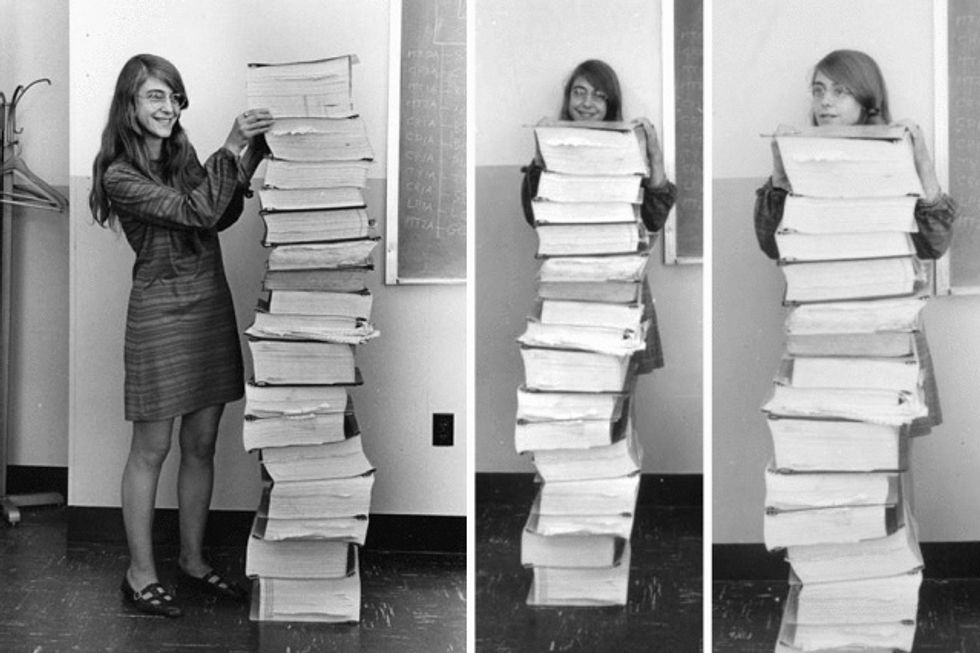
Note that this is her standing next to code for the Apollo Project that she wrote BY HAND.
Margaret Hamilton was one of the first ever software programmers. She created the term "software engineer" to describe her work. She was the lead software engineer for the Apollo Project.
When she first began working on the Apollo Mission with NASA, software engineering was not taught in schools so she taught her team herself. She concentrated on software that detected system errors and recovering information during or after a computer crash. These later became crucial during the Apollo 11 mission which first took humans to the moon.
Patricia Bath
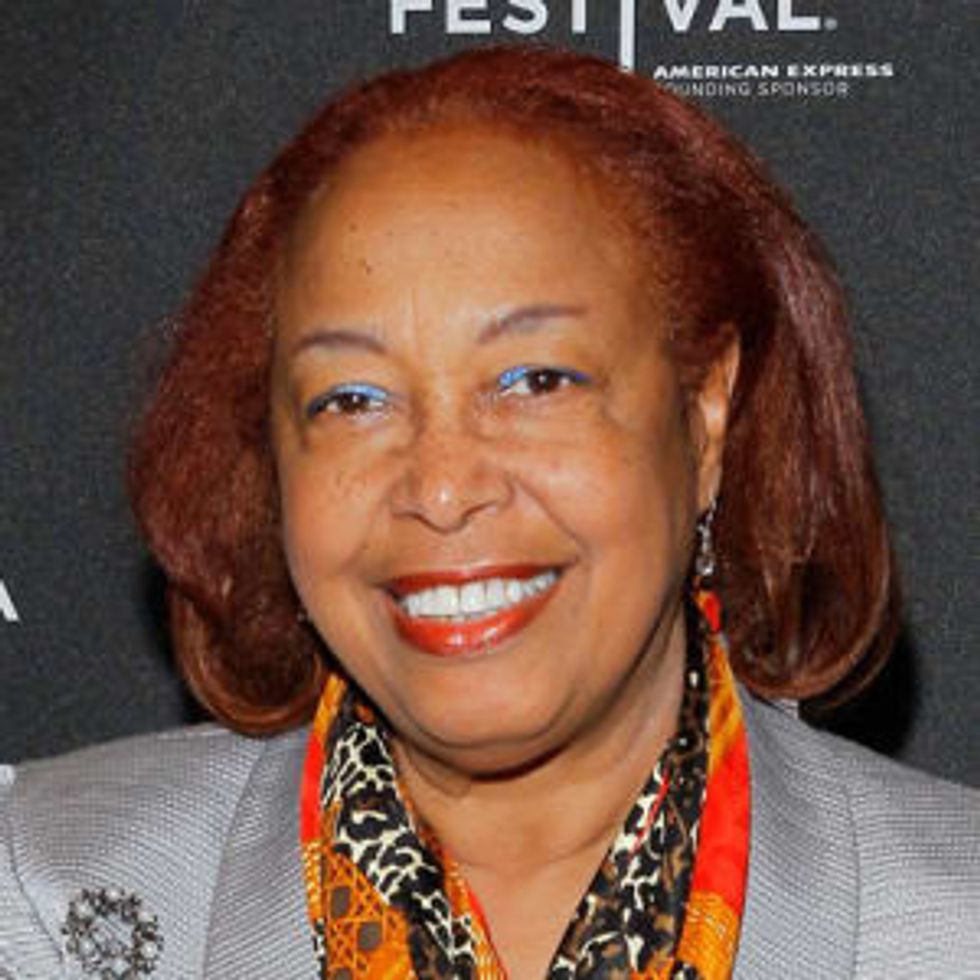
Patricia Bath was a doctor who invented the Laserphaco Probe for cataract treatment in 1986 and co-founded the American Institute for the Prevention of Blindness.
At age 16, Bath attended a cancer research workshop sponsored by the National Science Foundation where the program head was so impressed by her, he published her findings in a scientific paper. She graduated high school in two years and and went off to college. In 1973, she became the first black person to complete a residency in ophthalmology. In her studies, she discovered that black people are twice as likely to suffer from blindness than the other patients she attended and they're eight times more likely to develop glaucoma. This was the inspiration to the organization she would eventually found as well as her invention of the Laserphaco probe.
- Being A Woman In STEM ›
- 8 Positive Thoughts For Girls In STEM Programs ›
- Alpharetta Women In STEM Empowerment ›
- Where Are All The Women In STEM? ›
- Women in STEM Career ›
- My Experience As A Woman In A STEM Field ›

